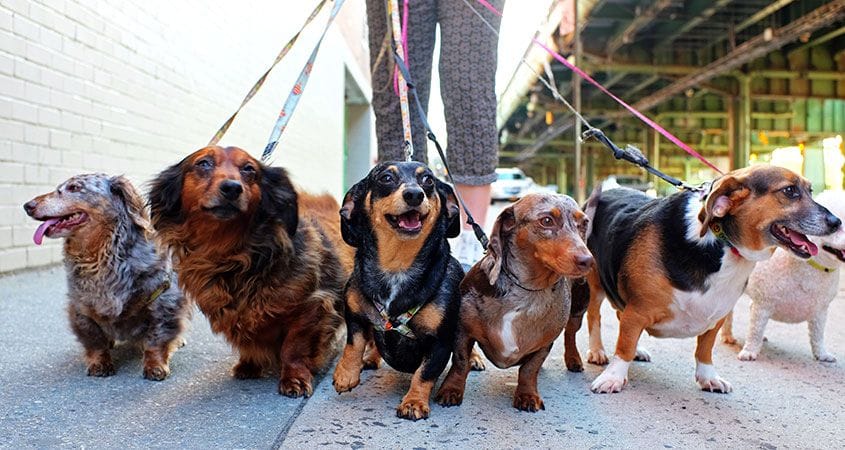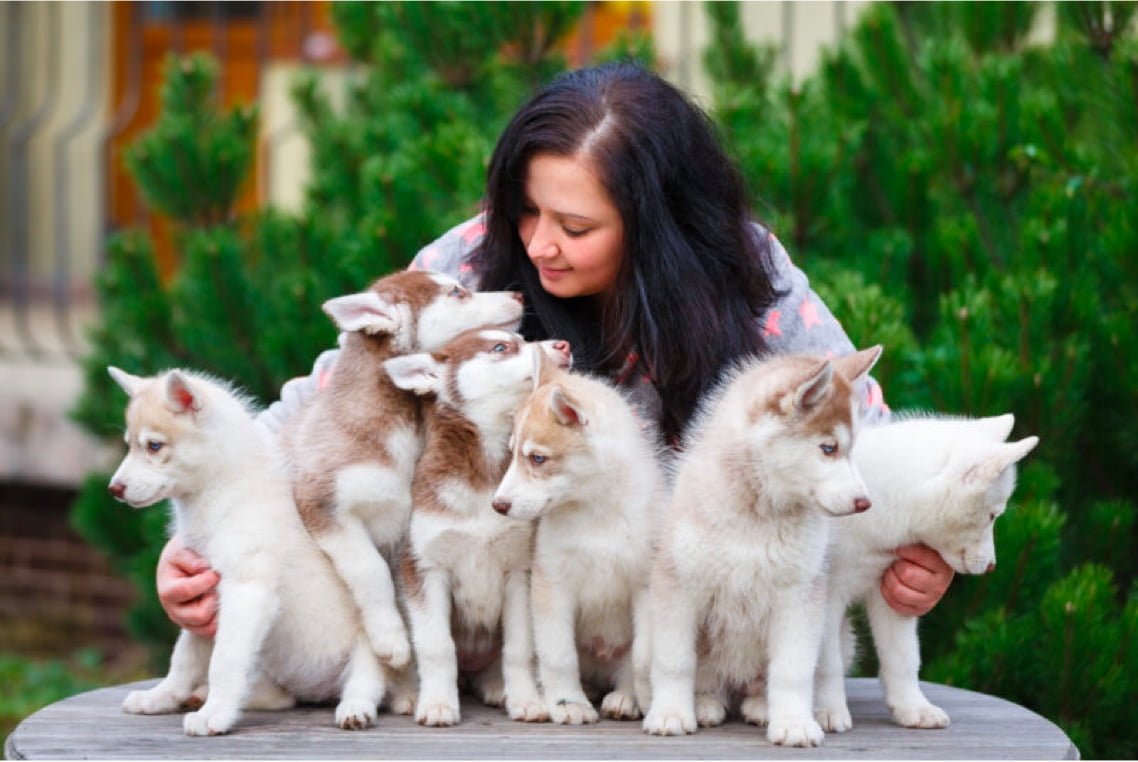Simply the Best Dog Breath Fresheners for Your Best Friend....
Read More
How Long Should I Walk My Dog?
Taking your dog for a daily walk is one of the best things you can do for his or her health.
All dog breeds benefit from regular exercise, and a daily walk is a great way to provide it. In addition to the physical benefits of walking, dogs also enjoy the mental stimulation that comes from being out in the world, smelling new smells and meeting new people and other dogs. If you have a dog who loves to meet other dogs, a dog park can be a great place to take him or her for a walk. And if you're worried about your dog's paws in the winter, there are several types of dog boots and other paw-wear available to protect them from the cold. Whatever the weather, taking your dog for a daily walk is a healthy activity for both of you.






